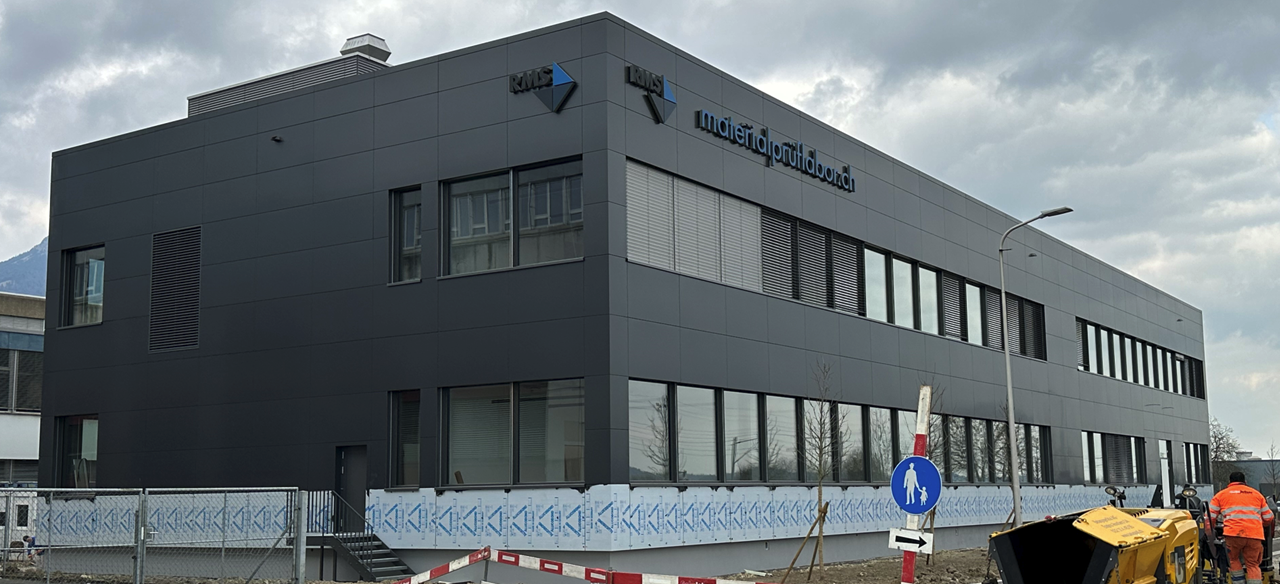RMS Foundation
Robert Mathys-Strasse 1
2544 Bettlach
Switzerland
Phone +41 32 644 2000
Qualitative and quantitative energy-dispersive and wavelength-dispersive X-Ray Fluorescence analysis (XRF) on metallic and non-metallic materials to determine the chemical composition (sodium to uranium in the periodic table of elements).
Whenever possible, we carry out our testing services in accordance with or based on these international standards:
We use X-Ray Fluorescence analysis for the following material tests:
XRF is very suitable for metals, ceramics and minerals, but organic materials can be analyzed as well.
We are accredited to determine the quantitative compositions of low and high-alloy steels, brass, pure titanium, TiAlV and TiAlNb alloys. Other calibration programs are available on request - please contact us.
We can carry out the determination on solids (bulk goods) or powders without further ado. Please contact us if your sample is liquid.
AnselmLoges
PhD
Team Leader Analytics & Materials Testing
+41 32 644 2010
Since 1995, the services of our materials testing laboratory have been accredited according to ISO/IEC 17025. Our QM system is ISO 9001 certified.
Here you will find our latest blog posts.

RMS Foundation
Robert Mathys-Strasse 1
2544 Bettlach
Switzerland
Phone +41 32 644 2000
E-Mail
Due to a public holiday, RMS Foundation will be closed on June 19 and 20.
Subscribe to our Info-letter, and we will inform you about 10 times a year about current developments in the fields of material testing, research, and knowledge transfer.